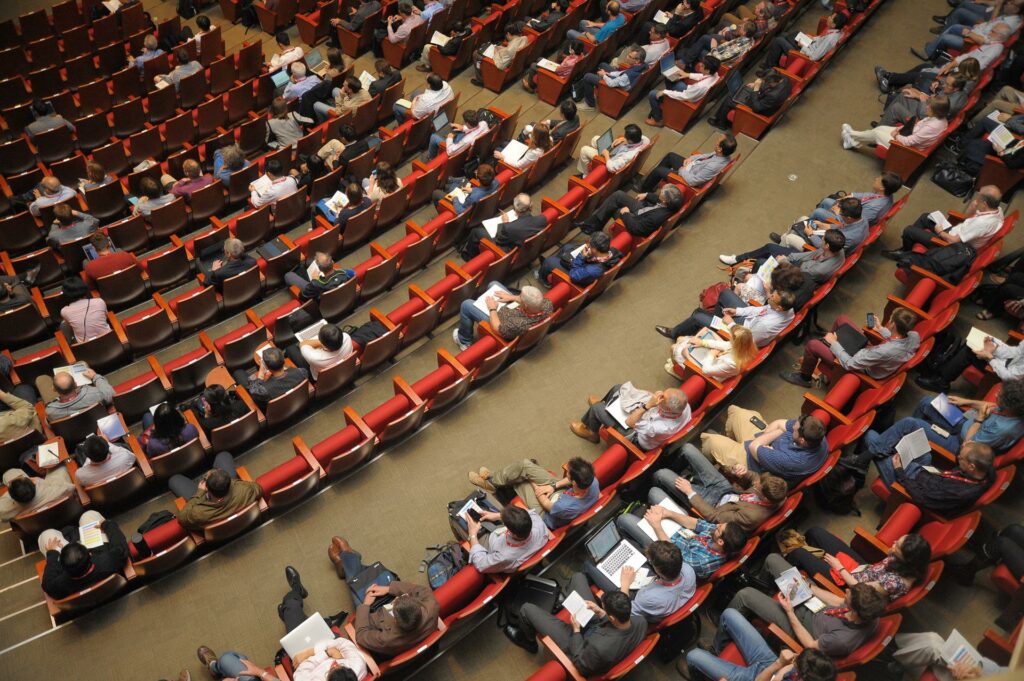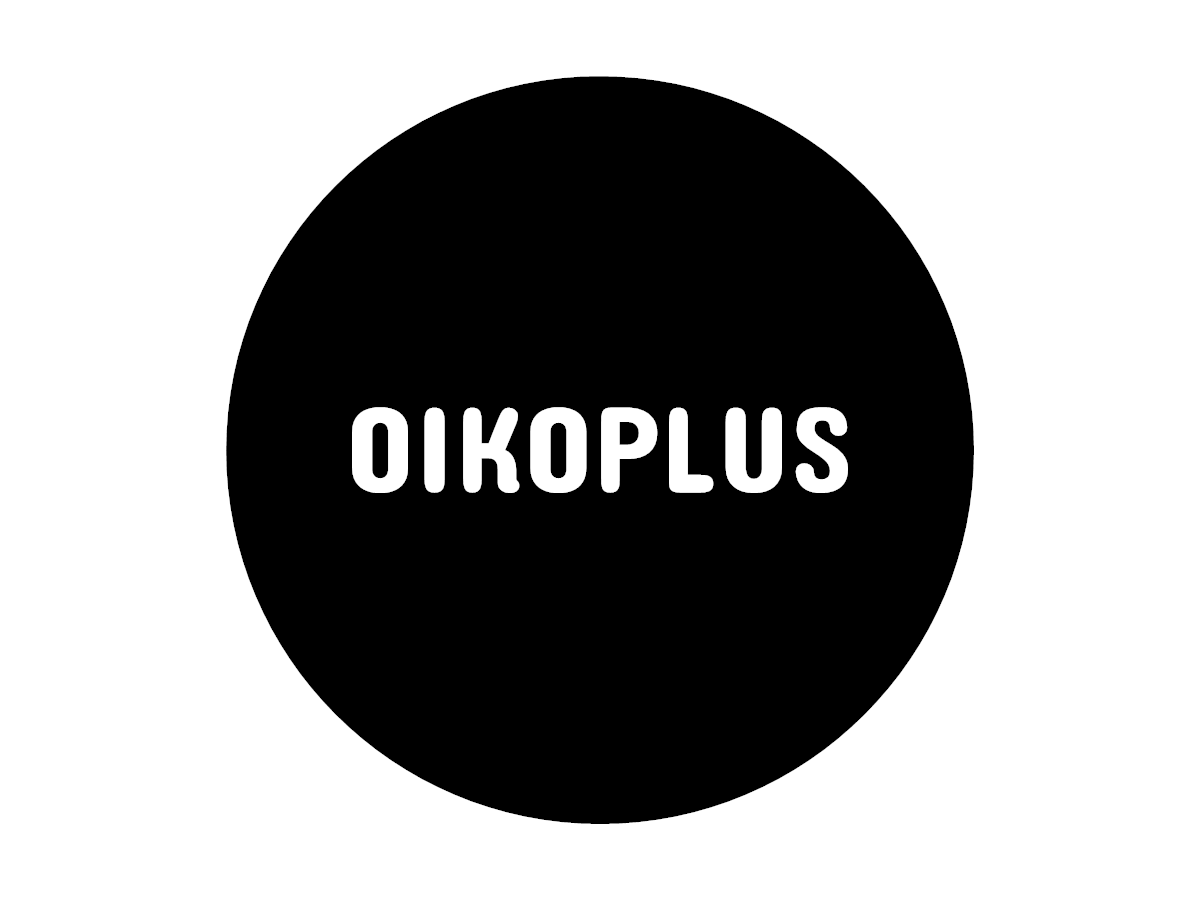At Oikoplus we offer science communication. But why actually? What was the purpose of communicating research results to a broad audience again? Isn’t there a specialised audience for research? Isn’t it enough for those who know about it to read and talk about research? Well. There are valid reasons for a broad approach to scientific outreach. In this Reading List, you will find some of them.
In German, there is the expression “coming down to earth”. The metaphor is used to call for a discussion to be calibrated back to the shared factual basis when it has gotten out of hand and untruths or lies have crept in. Knowledge of facts and facts are the result of research and science. So it is precisely the ground from the metaphor that is at stake. And it is not only experts who walk on this ground, but all of us – even if we all leave it occasionally. Some more rarely, some more often, whether consciously or unconsciously.

For a more inclusive science
In 2015, Mónica Feliú-Mójer summarised for Scientific American’s blog why effective communication makes for better science. When scientists are able to communicate effectively beyond their peers to a broader, non-scientific audience, it strengthens support for science, promotes understanding of its broader importance to society, and encourages more informed decision-making. Communication can also make science accessible to audiences traditionally excluded from the scientific process. It can help science become more diverse and inclusive.
Science for the common good
In texts on science communication, one reads time and again that researchers should not lose contact with society. Of course not. Why should research stand outside society? Ideally, research should serve society. However, this relationship between science and civil society is by no means self-evident. In an article for The conversation, Toss Gascoigne and Joan Leach, both professors at the Centre for the Public Awareness of Science at the Australian National University, argue that the 20th century can be read as a long plea for sience communication in the interest of the common good.

Not even researchers read research papers only
Dmitry Dorofeev takes a short excursion into the history of science communication. In an article on the importance of science communication in layman’s terms, he starts from the 19th century. According to Dorofeev, in 1895 an editor of the Viennese daily newspaper Neue Freie Presse learned by chance about the discovery of X-rays by Wilhelm Röntgen, but recognised the significance and placed an article on the front page of his newspaper. The London Chronicle, the New York Sun, and by the New York Times did later pick up this article. The rapid dissemination of this imaging method in mass media, certainly contributed to the fact that X-ray technology was mentioned in 1000+ scientific articles the following year, says Dorofeev. After all – and this is still true today – researchers do not only inform themselves in specialised publications.
Promotion or PR?
Communicating research and science in a way that as many people as possible can participate is a noble reason. It allows society to benefit and researchers to inform themselves about the work of their colleagues. In addition, science communication increasingly serves as advertising and PR for individual research institutions and science locations. Empirically, Peter Weingart and Marina Joubert at Stellenbosch University in South Africa looked at the motivations to engage in science communication. Based on their findings on the ever-increasing actively pursued science communication, the authors conclude that a distinction between educational and promotional forms of science communication maintains the credibility of science.

There are a number of good reasons for communicating science and the results of research in a way they are understandable and interesting. The most important of all reasons remains that the ground of facts cited at the beginning must be ordered. Because curiosity, knowledge and innovation grow on it.
In our ArcheoDanube project, we are therefore trying to make archaeology accessible to tourists in a sustainable way and to make the results of research on the history of the Danube region accessible to as many people as possible. Indeed, the coordinators just published the fourth newsletter of the Interreg project.


